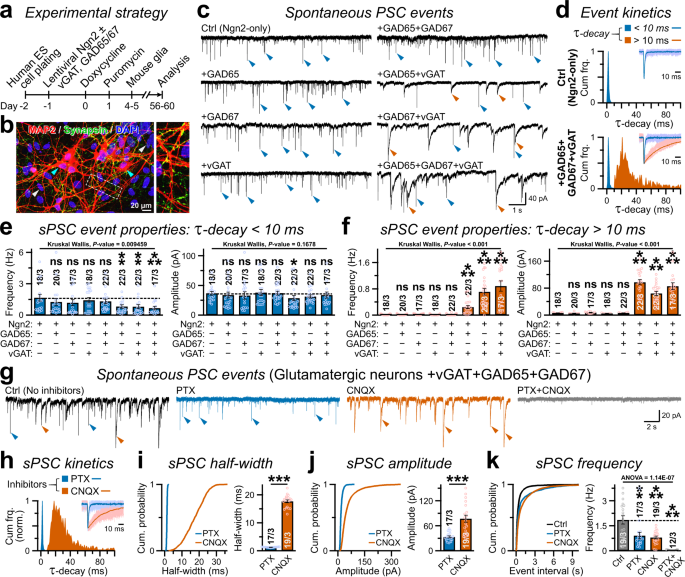微生物が必要な金属を得られない場合、その結果はこれまで理解されていたよりも重大なものになる可能性があることを新たに発見した New research finds when microbes don’t get the metals they need, the result may be more consequential than previously understood
2022-06-15 ワシントン大学セントルイス
しかし、銅という金属が手に入らないと、脱窒という生化学的な「消化」プロセスを完了することができません。窒素を放出する代わりに、温室効果ガスである亜酸化窒素を放出することになるのだ。
純粋培養を用いたこれまでの研究により、銅が脱窒に重要であることが示されている。ワシントン大学セントルイス校のマッケルビー工学部環境工学科のウォルター・E・ブラウン教授(Daniel Giammar)と芸術科学部の地球惑星科学教授(Jeffrey Catalano)の研究により、これらの微生物が生息する複雑で動的な水中環境では、脱窒に十分な銅が存在するとは限らないことが明らかにされました。
<関連情報>
- https://source.wustl.edu/2022/06/giving-metal-to-microbes-could-reduce-greenhouse-gas/
- https://www.sciencedirect.com/science/article/abs/pii/S0016703722002009
湿地土壌および河川堆積物における亜酸化窒素の蓄積を支配する銅の利用可能性 Copper availability governs nitrous oxide accumulation in wetland soils and stream sediments
Neha Sharma,Elaine D.Flynn,Jeffrey G.Catalano,Daniel E.Giammar
Geochimica et Cosmochimica Acta Available online:26 April 2022
DOI:https://doi.org/10.1016/j.gca.2022.04.019
Abstract
Denitrification is microbially-mediated through enzymes containing metal cofactors. Laboratory studies of pure cultures have highlighted that the availability of Cu, required for the multicopper enzyme nitrous oxide reductase, can limit N2O reduction. However, in natural aquatic systems, such as wetlands and hyporheic zones in stream beds, the role of Cu in controlling denitrification remains incompletely understood. In this study, we collected soils and sediments from three natural environments — riparian wetlands, marsh wetlands, and a stream — to investigate their nitrogen species transformation activity at background Cu levels and different supplemented Cu loadings. All of the systems contained solid-phase associated Cu below or around geological levels (40–280 nmol g-1) and exhibited low dissolved Cu (3–50 nM), which made them appropriate sites for evaluating the effect of limited Cu availability on denitrification. In laboratory incubation experiments, high concentrations of N2O accumulated in all microcosms lacking Cu amendment except for one stream sediment sample. With Cu added to provide dissolved concentrations at trace levels (10–300 nM), the reduction rate of N2O to N2 in the wetland soils and stream sediments was enhanced. A kinetic model could account for the trends in nitrogen species by combining the reactions for microbial reduction of NO3– to NO2–/N2O/N2 and abiotic reduction of NO2– to N2. The model revealed that the rate of N2O to N2 conversion increased significantly in the presence of Cu. For riparian wetland soils and stream sediments, the kinetic model also suggested that overall denitrification is driven by abiotic reduction of NO2– in the presence of inorganic electron donors. This study demonstrated that natural aquatic systems containing Cu at concentrations less than or equal to crustal abundances may display incomplete reduction of N2O to N2 that would cause N2O accumulation and release to the atmosphere.



